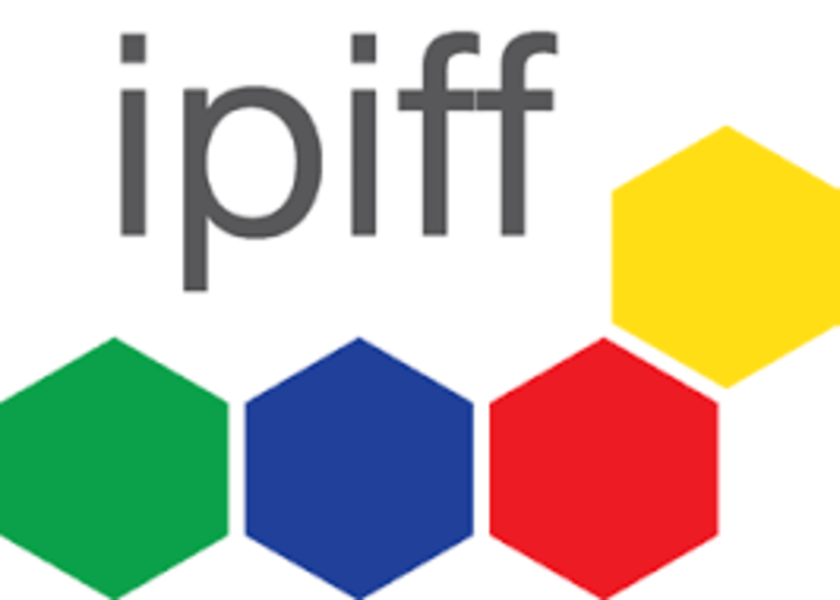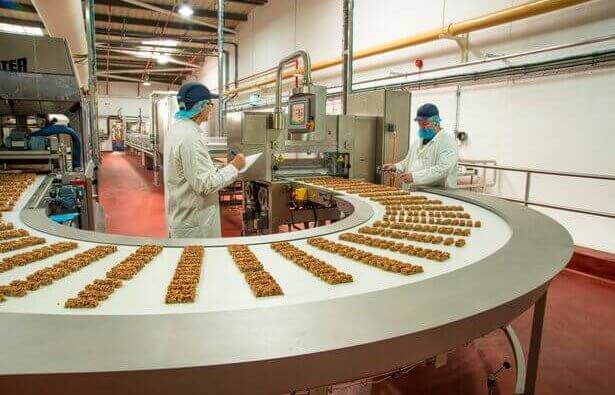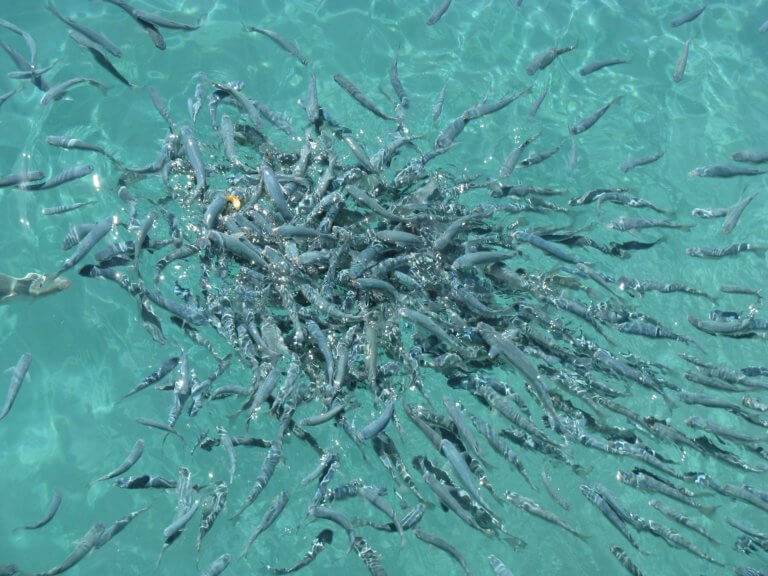Overall context – Insects as food and feed
Our planet faces huge challenges because of the growing population and increasing competition for scarce resources.
- Whereas the global population is expected to reach 9 billion by 2050, the Food and Agriculture Organization (FAO) estimates that the world needs to increase its food production by 70% by that time, mostly to feed such a growing population.
- Meat consumption and demand is forecasted to increase by 72% between 2000 & 2030, whilst 60 MT proteins are forecasted to be missing by 2030 in order to meet the expected demand.
- Animal feed production is increasingly competing for resources (land, water & fertilisers) with human food and/or fuel production. This contributes to increase the pressure on the environment (e.g. water supply, deforestation or soil decline in producing countries).


